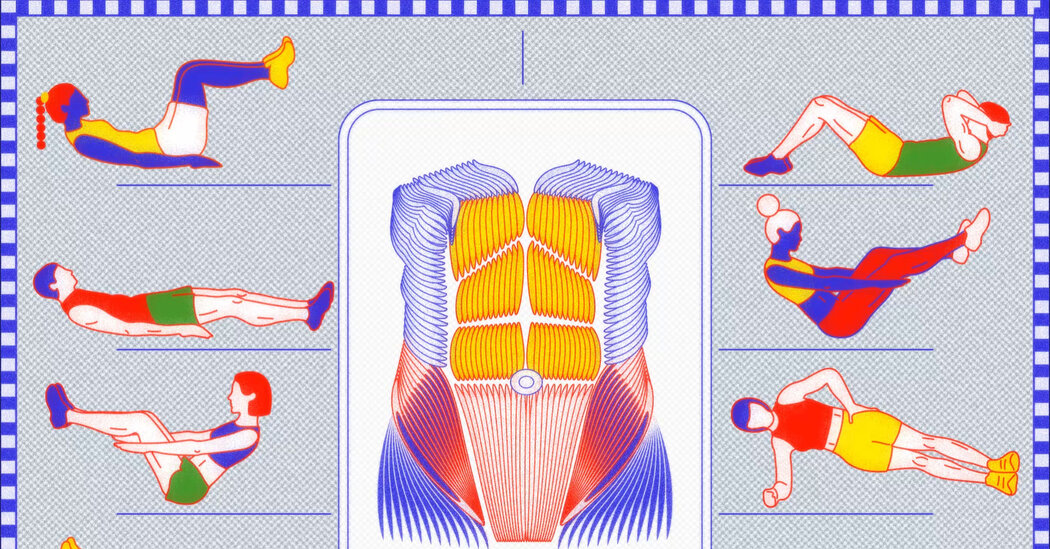The advice is common — and vague. Here’s how to do it properly.
When I began weight lifting in my late 30s, my coaches often gave me a somewhat baffling cue.
“Engage your core,” they’d tell me as I stepped out of the squat rack with a loaded barbell on my back.
Did that mean I should suck in my gut? Hold my breath? Or maybe both at the same time?
Not exactly. Activating your core means creating “a brace, by drawing your belly button into your spine, as if you’re about to get punched in the stomach,” said Anatolia Vick, assistant director of fitness and wellness at Rice University.
This creates a belt of stability in the spine and pelvis, which protects the joints, ligaments and tendons and reduces the strain on your back when exercising, said Dr. Vick.
It’s not only important while working out; your core stability is tied to everything you do. Engaging your core can keep you from injuring your back the next time you lift a suitcase and it can also help prevent falls, Dr. Vick said.
But engaging your core doesn’t come naturally to most people, even those who have already developed core strength. Whether you work out regularly, play golf on the weekends or just like to garden, it’s worthwhile to practice a few exercises to help you learn how to do it properly.
Why the core is essential for movement
Many people think of their core as the ab muscles that make up a six pack. But the core also includes the muscles that run along the spine, back and sides, as well as those that link the trunk to the pelvis and limbs.
